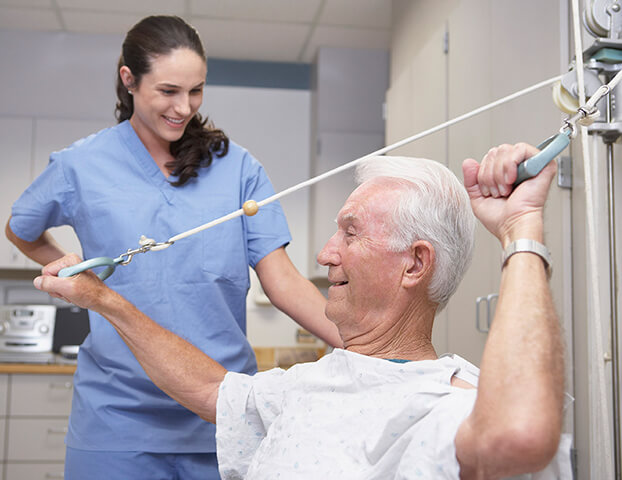Bodily treatment serves as a important part of rehabilitation and recovery for many people. This assists individuals restore power, boost flexibility, and alleviate discomfort after traumas or procedures. There are approaches to bodily rehabilitation, all designed to address the particular needs of patients. Understanding these diverse techniques can help people take informed determinations about their rehabilitation process.
A frequent approach to bodily rehabilitation is hands-on therapy. This method entails hands-on treatment by a bodily practitioner to manipulate muscle groups and articulations. Manual treatment can help alleviate pain, improve vascular health, and enhance range of motion. Therapists may utilize methods such as massage, articulation mobilization, and flexibility exercises to aid clients rehabilitate. Such approach is frequently beneficial for those with skeletal issues, such as lower back pain or arthritic conditions, as it centers on the muscular elements of rehabilitation.
Another significant approach is restorative physical activity. This method entails targeted movements tailored to improve vigor, balance, and dexterity. Physical specialists create customized exercise regimens based on the patient's situation and goals. Such activities can vary from easy actions to increasingly complex tasks. Therapeutic movement is vital for rebuilding vigor after an incident and preventing additional problems. This additionally assists clients regain self-assurance in their physiological abilities, which is vital for overall rehabilitation.

Water-based rehabilitation is an additional helpful technique that utilizes liquid to assist in recovery. Such method takes advantage of the floatation of water, which reduces the impact on joints and allows for easier activity. Patients can carry out exercises in a pool, making it a wonderful alternative for those with constrained flexibility or discomfort. Water-based therapy can help improve strength, flexibility, and resilience while delivering a nurturing setting for rehabilitation. It is particularly advantageous for clients rehabilitating from operations or those with persistent pain conditions.
Lastly, weblink education and self-management are crucial parts of physiological rehabilitation. Physical therapists also deliver care but also teach individuals about their conditions and how to cope with them. This includes understanding physical function, posture, and the importance of being engaged. By empowering clients with understanding, practitioners aid them take an active position in their healing. This approach motivates patients to continue their healing beyond the scope of treatment sessions, contributing to improved long-term effects.
In summary, physical therapy delivers multiple approaches to enhance healing and recovery. Manual treatment, rehabilitative exercise, pool rehabilitation, and knowledge all have important roles in aiding patients regain their vigor and movement. Each technique is customized to meet the individual requirements of clients, guaranteeing a comprehensive technique to recovery. By comprehending these diverse methods, individuals can better handle their rehabilitation process and strive towards achieving their healing aims.